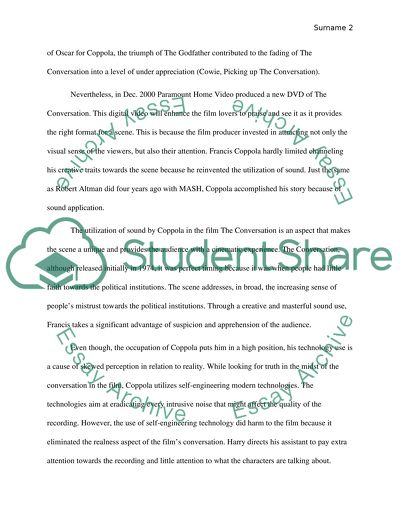Cite this document
(“Talk about four ways in which sound is connected or disconnected from Essay”, n.d.)
Retrieved from https://studentshare.org/visual-arts-film-studies/1476509-talk-about-four-ways-in-which-sound-is-connected
Retrieved from https://studentshare.org/visual-arts-film-studies/1476509-talk-about-four-ways-in-which-sound-is-connected
(Talk about Four Ways in Which Sound Is Connected or Disconnected from Essay)
https://studentshare.org/visual-arts-film-studies/1476509-talk-about-four-ways-in-which-sound-is-connected.
https://studentshare.org/visual-arts-film-studies/1476509-talk-about-four-ways-in-which-sound-is-connected.
“Talk about Four Ways in Which Sound Is Connected or Disconnected from Essay”, n.d. https://studentshare.org/visual-arts-film-studies/1476509-talk-about-four-ways-in-which-sound-is-connected.


